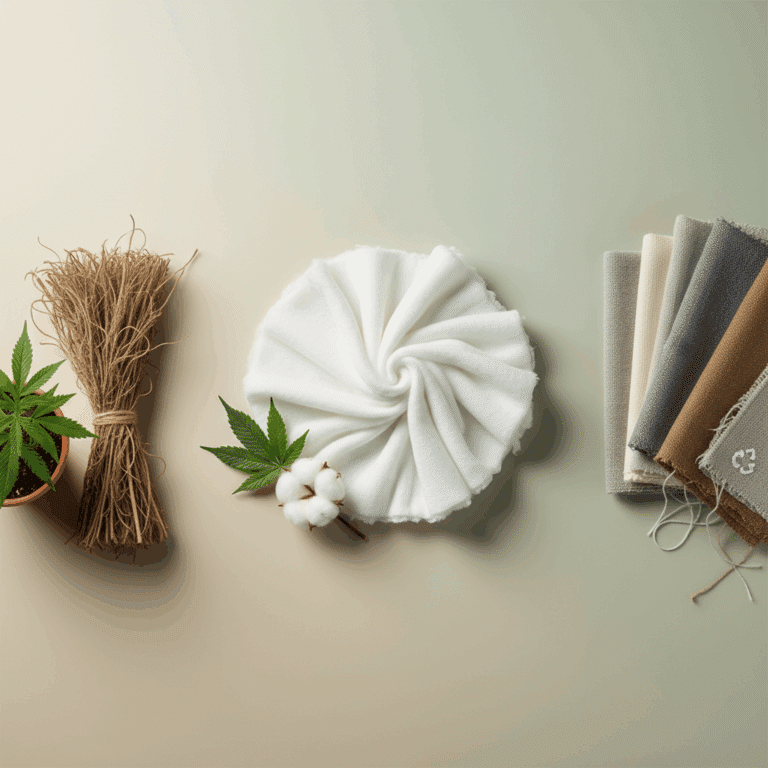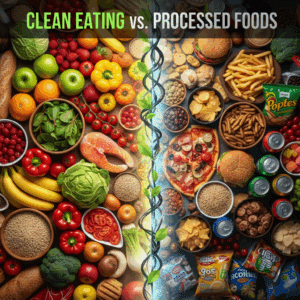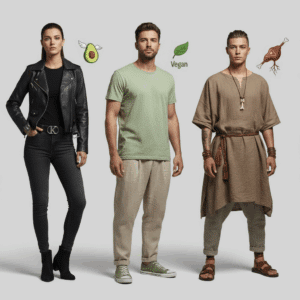Sustainable Fabric Options Overview
Sustainable fabrics are reshaping the fashion and textile industries by offering eco-friendly alternatives to traditional materials. These fabrics help reduce environmental damage caused by conventional production methods.
Key sustainable materials include organic cotton, hemp, and recycled fabrics. Each has unique qualities that contribute to a more ethical and responsible textile supply chain.
Choosing these options supports environmental preservation and encourages innovation toward a greener future in fashion manufacturing.
Organic Cotton Characteristics
Organic cotton is grown without synthetic pesticides, fertilizers, or genetically modified seeds. This cultivation method minimizes soil and water pollution while promoting farmer safety.
The fibers, such as those from organic Pima cotton, tend to be extra-long, yielding softer and more durable textiles. However, organic cotton generally incurs higher production costs due to careful farming practices.
This fabric avoids chemical residues in clothing, offering a safer choice for consumers and the environment. Its benefits make it a popular sustainable alternative in eco-conscious fashion.
Hemp as an Eco-Friendly Material
Hemp is recognized for rapid growth and minimal water needs, thriving without pesticides. It also improves soil health by regenerating nutrients during cultivation.
Hemp fabric is strong, biodegradable, and highly versatile, suitable for apparel, accessories, and home décor. Its production has a low carbon footprint, marking it as a top ecological option.
These qualities make hemp a sustainable choice that effectively combines durability and environmental responsibility in textile production.
Benefits and Environmental Impact
Sustainable fabrics bring significant benefits by lowering the environmental footprint of textile production. They reduce pollution, conserve natural resources, and protect ecosystems.
Adopting eco-friendly materials like organic cotton, hemp, and recycled fabrics supports water and soil preservation while promoting ethical industry practices.
These fabric choices contribute to a circular economy by minimizing waste and fostering sustainable consumption habits within fashion.
Reduced Chemical Use in Organic Cotton
Organic cotton cultivation eliminates synthetic pesticides and fertilizers, significantly reducing soil and water contamination. This creates a safer environment for farmers and surrounding wildlife.
Without toxic chemicals, organic cotton crops maintain healthier ecosystems and generate less chemical runoff into nearby water sources. This benefit extends through the entire production chain.
Consumers also gain from clothing free of harmful residues, enhancing personal health alongside environmental protection. This makes organic cotton a preferred sustainable fabric option.
Water and Soil Conservation with Hemp
Hemp requires minimal irrigation compared to conventional crops, conserving precious water resources. It also grows quickly, reducing land use and allowing for efficient production cycles.
This plant naturally replenishes soil nutrients while its deep roots help prevent erosion. These characteristics improve long-term soil health, benefiting future agricultural endeavors.
The eco-friendly cultivation of hemp lowers carbon emissions and enhances biodiversity, making it a responsible choice for environmentally conscious fabric production.
Energy and Resource Savings from Recycled Fabrics
Recycled fabrics utilize pre-existing textile waste, avoiding the resource-intensive processes needed for virgin fibers. This lowers energy consumption and reduces landfill contributions.
By repurposing materials like cotton, polyester, and wool, recycling conserves water and raw materials, diminishing the overall environmental impact of textile manufacturing.
Though technical challenges exist with mixed fibers, ongoing innovations improve recycling efficiency, boosting the sustainability and availability of recycled fabric options.
Challenges in Sustainable Fabric Production
Producing sustainable fabrics faces significant hurdles, including agricultural complexities and higher costs. These obstacles impact both manufacturers and consumers in the textile industry.
Addressing these challenges is essential to expanding the adoption of eco-friendly textiles and ensuring their long-term viability in global markets.
Innovative solutions and increased investment are required to overcome current limitations and promote sustainable fabric use broadly across the fashion sector.
Cultivation and Cost Constraints of Organic Cotton
Organic cotton cultivation demands more labor-intensive practices and careful land management to avoid chemical inputs. This raises production costs considerably.
Lower yields compared to conventional cotton and longer growth cycles add to the financial burden for farmers, limiting supply and accessibility.
Consequently, organic cotton products often carry higher prices, which can deter some consumers and restrict widespread adoption despite environmental benefits.
Ensuring farmer education and supporting sustainable agricultural infrastructure could help mitigate these economic challenges over time.
Technical Issues in Recycling Mixed Fibers
Recycling textiles made from blended fibers presents significant technical difficulties, as separating different materials effectively remains complex and costly.
This hampers the ability to produce high-quality recycled fabric and reduces overall recycling rates, thus limiting environmental gains.
Advanced sorting technologies and improved fiber processing methods are crucial to enhancing the recyclability of mixed textile waste.
Investment in innovation and collaboration across the industry can drive progress, enabling more efficient and scalable recycling systems for sustainable fashion.
Future Trends and Ethical Considerations
The future of sustainable fabrics lies in continuous innovation and the integration of advanced technologies. These advancements aim to make eco-friendly textiles more accessible and efficient.
Ethical consumerism is driving a shift in the industry, encouraging brands to adopt transparent and responsible practices. This change promotes sustainability and social accountability.
Together, innovation and ethics pave the way for a more conscious and environmentally friendly fashion landscape.
Innovation and Technology in Sustainable Textiles
Cutting-edge technologies such as bio-fabrication and nanotechnology are revolutionizing sustainable fabric production. These innovations reduce waste and enhance material efficiency.
Digital tools enable precise resource management, while recycling methods improve to handle complex fiber blends. Together, these advances lower environmental impact significantly.
Innovations also expand the range of sustainable materials, creating textiles with improved durability and functionality, supporting long-term eco-friendly fashion.
Ethical Consumerism and Industry Transformation
Consumers increasingly seek transparency and ethical standards from fashion brands, influencing supply chain reforms and responsible sourcing of sustainable fabrics.
This demand encourages companies to reduce carbon emissions, limit waste, and improve labor conditions, pushing the industry towards greater social and environmental responsibility.
Ultimately, ethical consumerism fosters a culture of sustainability, motivating innovation and collaboration for a more sustainable textile future.






